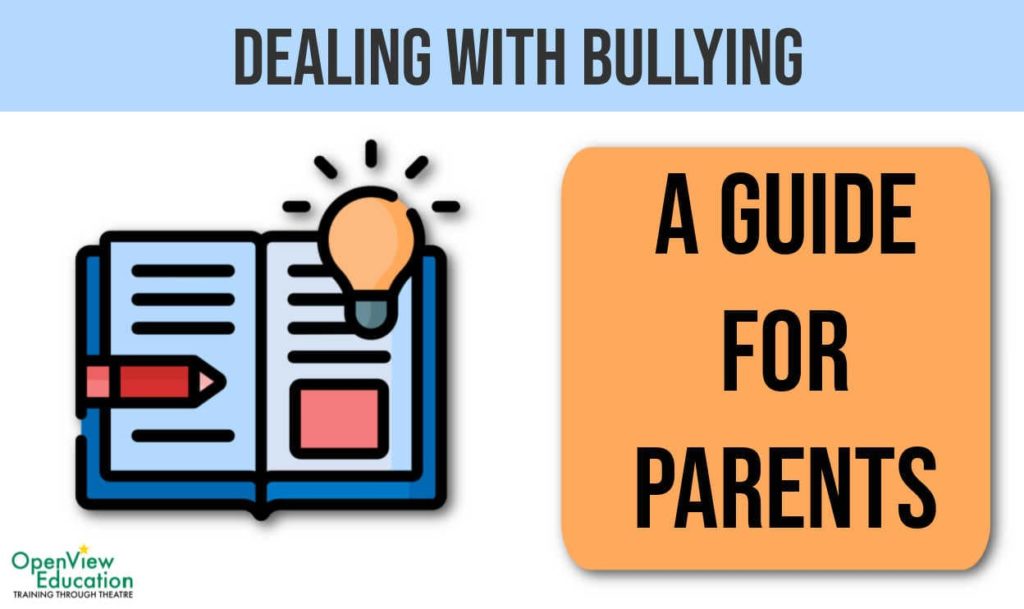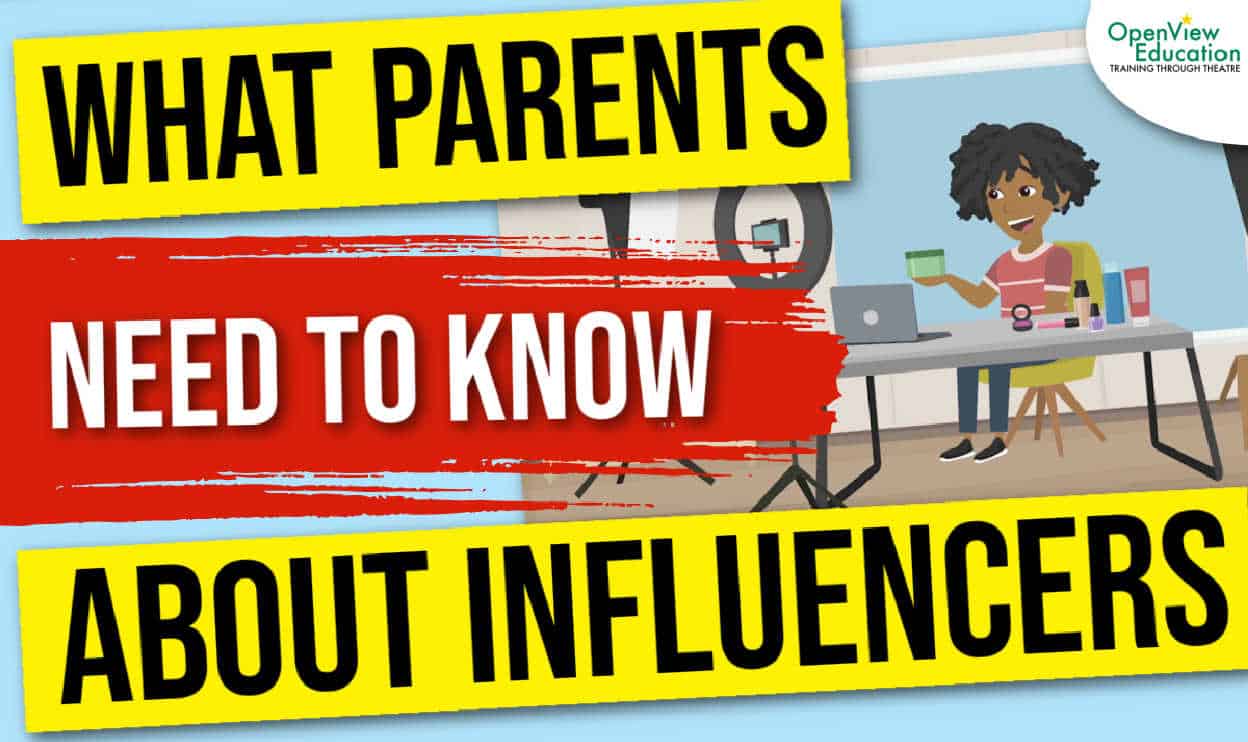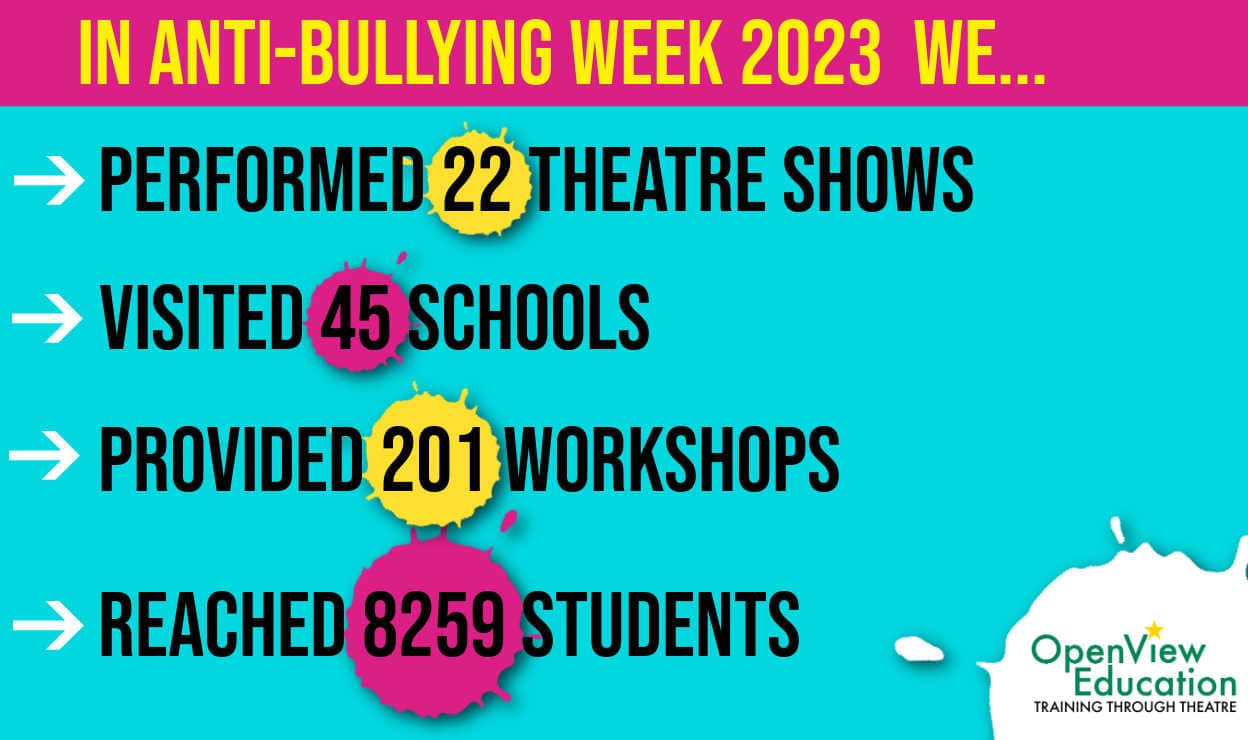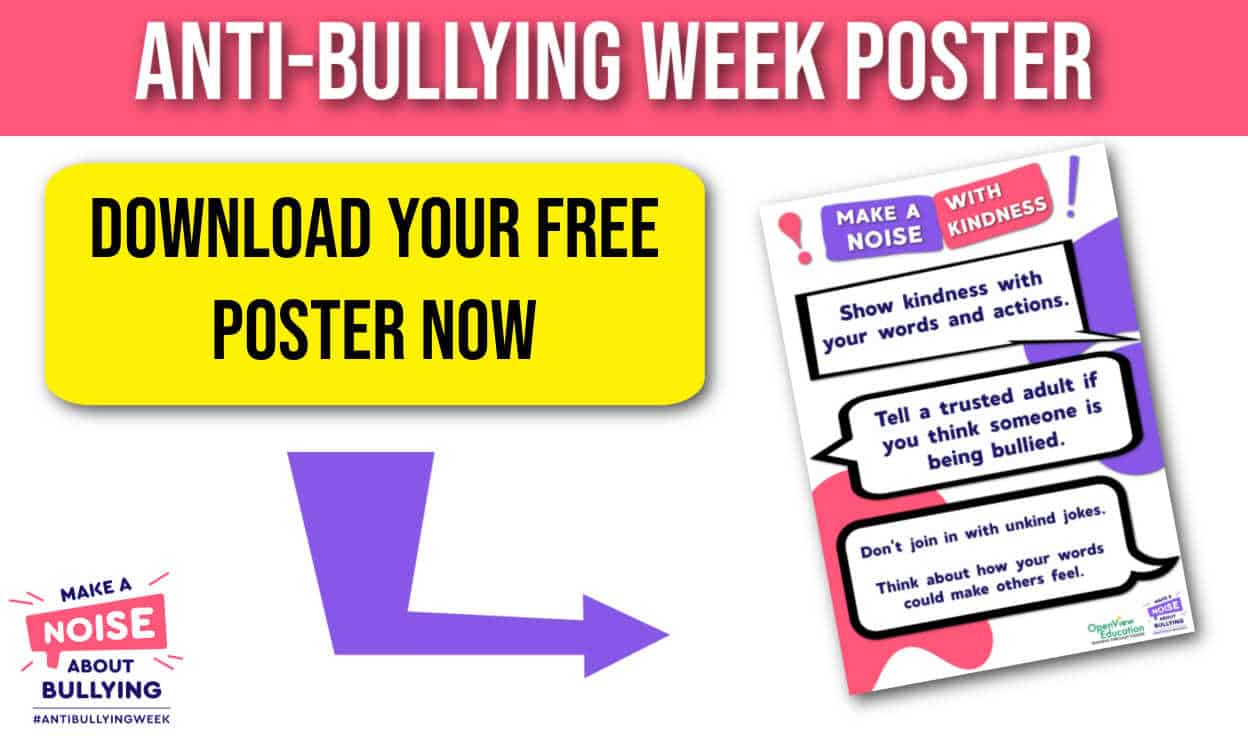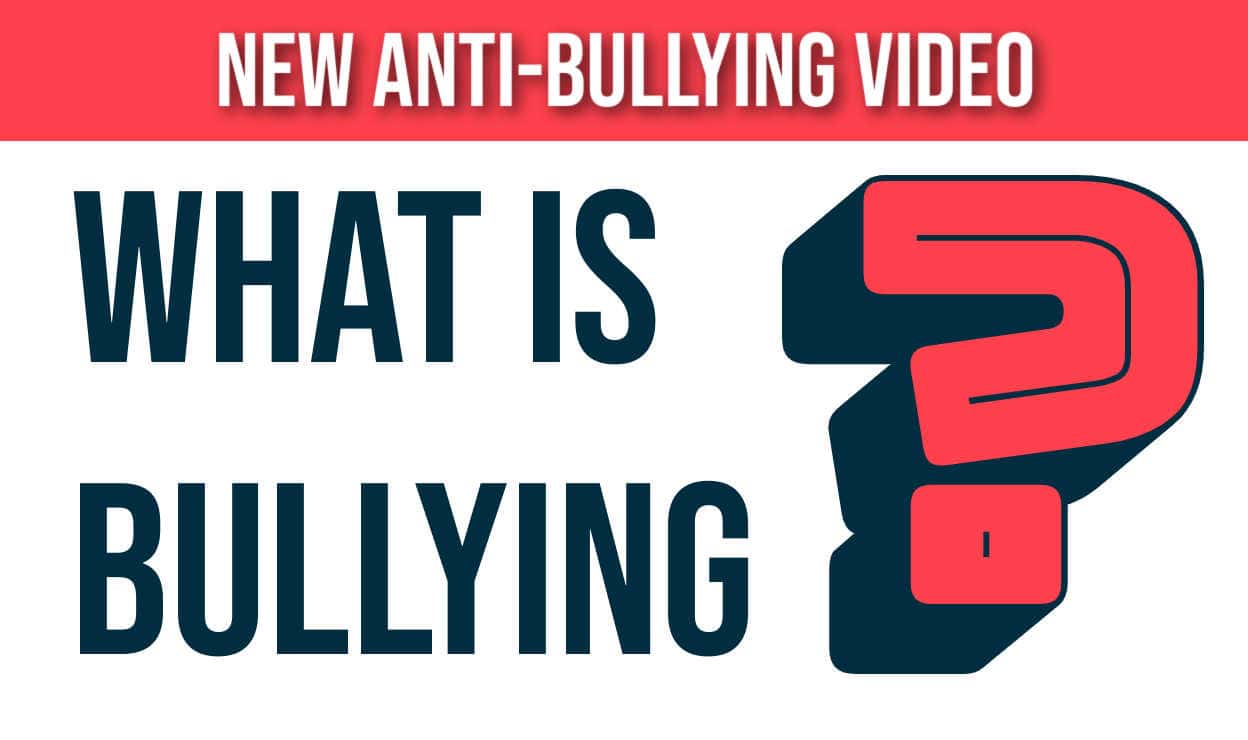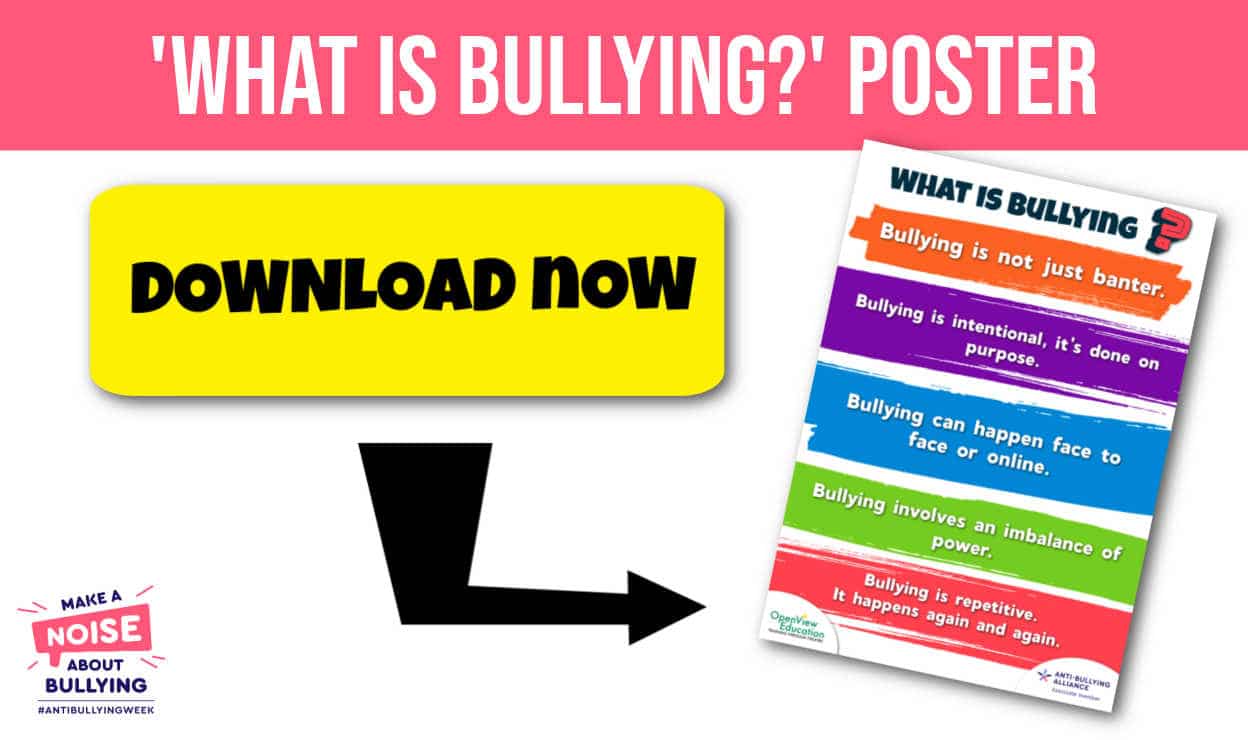Parents and Carers understandably want to ensure the safety and wellbeing of their children and young people. If there are concerns that your child is being bullied, what can you do to support your child and to help prevent further bullying?
This short guide has been created to support parents and carers in understanding and responding to bullying.
Understanding what bullying is
One of the challenges of addressing the topic of bullying, is that it’s very easy to mis-understand what bullying is. And as a result, describe any kind of disagreement or conflict as bullying. This is often because we may not have a clear definition of what bullying is and how it is different from conflict or an argument.
The Anti-Bullying Alliance’s definition of bullying is:
‘The repetitive, intentional hurting of one person or group by another person or group, where the relationship involves a power imbalance. This can happen face to face or online.’
Research shows that the most significant part of this definition is the power imbalance.
So when deciding if something is bullying or not, ask yourself, ‘Does that situation involve a power imbalance?’
Bullying involves a group
Words ‘bullying’ and ‘bully’ bring to mind certain stereotypes. This may be of an individual (the ‘bully’) targeting another individual (the ‘victim’). This is often how bullying situations are depicted in films and in the media.
In fact, research shows that bullying often involves a group, with each person in the group contributing to how the bullying plays out.
Using the labels ‘bully’ or ‘victim’ may over simplify what occurs in a bullying situation. Also labelling a young person as a bully or a victim, can have detrimental impacts on the child or young person.
Rather than using labels, try to gain an understanding of exactly what happened in the situation.
Identifying that there’s a problem
The first step to supporting a child or young person if they are experiencing bullying is identifying that they may have become the target of bullying.
While not exclusively related to bullying, typical signs that a young person may be being bullied include:
- Physical complaints such as tummy aches.
- Not wanting to go to school.
- Expressing worries or fears about being at school.
- Becoming more withdrawn.
These symptoms are not exclusive to bullying, and could be the result of something unrelated. However, if we identify any of the above, it can then be a good idea to talk further about our concerns with our child or young person to find out how they are.
Start a conversation
Talk to your child or young person about their social situation at school. Questions to start the conversation can include:
- Who are your friends at school?
- What do you do at break time and lunch time at school?
- If you could change anything about your day at school, what would it be?
Focus on asking open questions.
Be an active listener
If adults show distress or anger, it may cause a child to hold back from sharing their story. If the child believes that they caused the adult to become upset, they may become less forthcoming with sharing their experiences in the future. Having a strong emotional reaction may also cause or exacerbate negative feelings.
Instead of this, practice active listening. Active listening requires three steps:
1. Not immediately trying to solve the problem or offering advice.
We might feel like we want to provide advice or step in to offer a solution to the problem. However, doing this can get in the way of a child or young person communicating effectively.
2. Reflect back what you have heard.
Repeat back what your child or young person has said, try and use the exact words. This is very simple, but very effective. It reassures them that what they are saying matters to you, and that you understand them. It also encourages them to explore what they are talking about further.
3. Don’t interrupt.
This can be difficult if a child or young person is sharing something that is upsetting. You can always come back to what has been said. Remember the purpose of active listening is to allow them the opportunity of exploring their experiences.
Reassure your child
After listening to your child or young person explain, reassure them that what happened is it not their fault.
Role-Play how they can respond
Encourage your child or young person to try and appear confident, even if they don’t feel that confident. You can do this by rehearsing how they can stand, walk and talk. Even a small change in body language and voice tonality can discourage bullying.
Try doing a ‘cape walk’. Find a clear space in your home or outside. With your child or young person, practice walking through the space imagining that you have a long cape flying out from behind your shoulders. Visualising the cape encourages us to move our shoulders back and to take on more confident body language.
This is a very effective way of practicing having stronger body language. Explain to the child or young person that they can use the cape walk anytime they need to feel and look more confident.
You can also provide ideas for what your child can say in response to unkind comments. You could practice using sentences such as ‘I’m not interested.’ and then walking away confidently. When role-playing this sentence, focus on your child using a strong, confident tone of voice. Not shouting, but not too quiet either.
Avoid suggesting that your child or young person does anything that could make the situation worse. Never suggest hitting, name calling or retaliating in kind.
Getting support from your school
If you believe bullying is taking place, communicating with the school is an important next step. Before contacting your school, list all of the facts of the incident and ensure you have a clear picture of what happened. This includes:
- Where the incident happened.
- When it happened.
- Who was involved and who witnessed it.
- Is it a one off event, or a series of events.
Once you have a clear picture of the incident:
- Make an appointment with the appropriate member of staff at the school. Don’t arrive unexpectedly.
- Aim to work together, make it clear you are seeking the schools support in resolving the incident.
- Avoid accusing the school. Give the school the opportunity to resolve the situation. For example, when resolving bullying, it’s good to start by attempting to resolve the issue with the students first.
- Don’t put details of the event on social media. Speak to the school directly.
- Be patient: Allow the school time to respond to the issue but stay in touch with them and make a note to follow up.
What else can I do?
If this is an ongoing incident, talk regularly with your young person and proactively listen to ensure you get a full picture of the incidents as they occur.
Keep a diary of the bullying incidents. For any incident that occurs, remember to include:
- The date.
- What happened.
- Who else was involved.
- The effects it had on your child.
- If your child told anyone.
Ensure that your school is aware of each incident as they occur.
Communication is key
If bullying is happening, identifying it early is important. Bullying tends to start with small incidents and then it gets worse over time. So addressing the first few bullying incidents is important in ensuring it doesn’t get any worse.
So start practicing asking your child open questions about their social life at school, and then actively listening to what they have to say. This will help you to identify if your child needs additional support and the actions that you can take before it becomes a problem.
Further Resources
Anti-Bullying Alliance Training
This free training from the Anti-Bullying Alliance will provide valuable insight into how bullying happens and the best approaches that are available for resolving bullying incidents. We recommend taking the time to complete this free training.
OpenView Education Anti Bullying Workshops
OpenView Education deliver Anti-Bullying Workshops in schools. These sessions focus on developing student understanding of bullying and encouraging students to become proactive in responding positively to bullying incidents.
Sources www.bully.co.uk www.kidscape.org.uk www.parents.com
